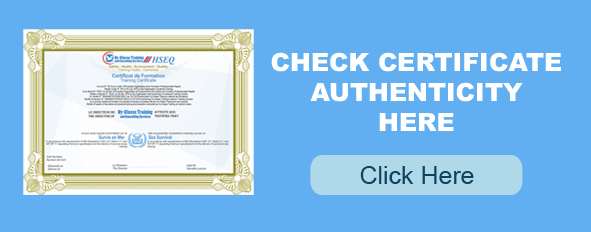We start with a basic introduction/orientation to the trade and follow that with the basic principles of cranes and crane operation, we cover rigging Practice and Safety including an overview of the fundamentals of rigging with real-life examples of the variety of rigging gear, configurations and applications.
Crane Safety Which includes equipment inspection, site hazard identification and inspection, the proper use of required personal protection equipment. We’ll also spend time on the importance of load dynamics so students learn how leverage and stability, operational quadrants, submerged lifts, non-centered lifts,and other non-standard elements can dramatically affect a crane’s operation capacities/abilities.
Mobile Crane Operation including a review for those with experience and a primer for those with none, this unit quickly lays down basic functions and standard procedures for operating mobile cranes safely. It also includes an introduction to the power systems that enable various models of cranes to do what they were designed to do.
Communication covering verbal and nonverbal methods of communications between the operator and signalperson as well as other on-site personnel using ASME B30.5 hand signals, Preventative Maintenance and Safety Inspection covering preventive maintenance including safety compliance inspections on individual pieces of machinery.
The use Mechanical and Computerized Operator Aids with an indepht overview of computer-assisted operation including Load moment indicators, Anti-two-block devices, Load indicators and On-Site Equipment Movement concerning various site-related hazards that can and do hinder crane movement such as unleveled ground, power lines, and stationary hazards
Learning Outcomes.
Upon completion of the training, participants should be able to:
- Make and interprets a basic and complex lift plan.
- Set up the crane
- Pick, carry, swing, and place the load smoothly and safely on rubber tires and on outriggers/stabilizers or crawlers (where applicable).
- Understand and use operational aids and safety devices like LMI, Anti–two block device, Boom angle indicator, Boom length indicators, Crane level indicator, Boom and jib stops, Brake locks, Hydraulic outrigger and stabilizer, rotation indicators
- Understand operations that reduce crane capacity and how to manage such operations, e;g, Multi-crane lifts, Suspended personnel platforms, Traveling with suspended loads, working near electric power lines, Use various approved counterweight configurations, making a blind lift,
- Communicate appropriately with the aid of VHF radio and hand Signals
- Use tag lines.
- Know how to react in cases of electric power line contact, loss of stability of the crane, malfunction of crane control twisting of block line, personnel in line of fire.
- Understand the effects of dynamic loading from wind, stopping and starting, impact loading, moving the load, traveling with load, side loading,
- Understand when and how to use the stop authority
- Know operator certification requirements as per ASME
Those who will benefit from the training:
This Mobile Crane Operator training will be of benefits to Personnel called upon to operate Mobile cranes, lifting operations coordinators and riggers aspiring to become mobile crane operators.
Pre-requisite and Duration:
Participants must be physically fit, and must not be colour blind, This Mobile Crane Operator has a duration of five days including classroom training, Practical exercises with Hands on training on the crane. We can organise the training onsite in Cameroon, Chad, Congo, Central African Republic, Gabon and Equatorial Guinea
Register for this Course





